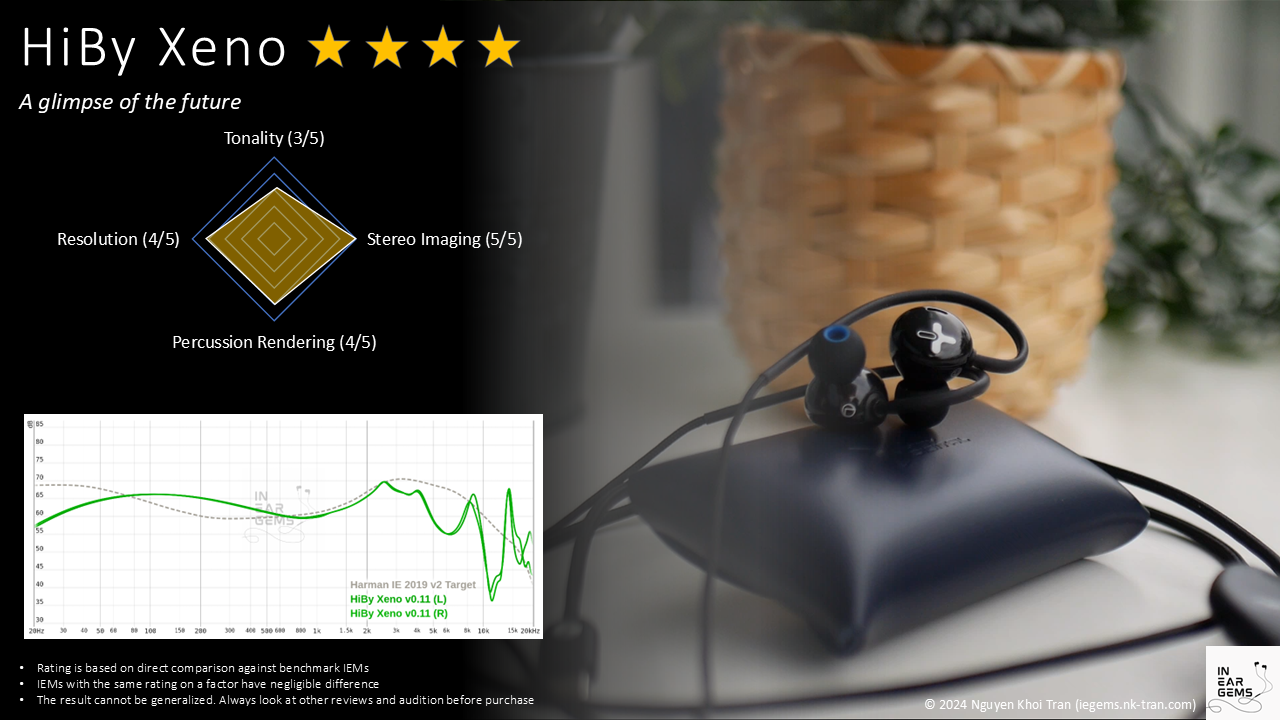Hiby Xeno - A glimpse of the future
What would the future of personal audio look like? Yes, we all know true-wireless stereo earphones (TWS) are taking over, pushing wired IEMs further and further into a niche market. But how about the future of wired IEMs themselves? What would be the next step? Today, we look at HiBy Xeno to catch of glimpse of a possible future.

Forewords
- What I look for in an IEM is immersion. I want to feel the orchestra around my head, track individual instruments, and hear all of their textures and details. I’m not picky about tonality, as long as it does not make the orchestra, violin, cellos, and pianos sound wrong.
- I rate IEMs within with a consistent scale from 1 (Poor) to 3 (Good) to 5 (Outstanding). An overall ranking of 3/5 or above is considered positive.
- Ranking list and measurement database are on my IEM review blog.
- The terminology for subjective impressions in this review is based on the Audio Wheel for reproduced sound defined in the technical report ITU-R BS.2399-0
- This review is based on a preproduction unit from HiBy (Thank you!). I have no affiliation with or financial interest in HiBy.
- The retail price of Xeno is unknown by the time this review was writtein. Unaffiliated link: HiBy online store
General Information
Xeno is a budget-friendly IEM released under the “Digital” product line of HiBy. What makes it special is the fact that it is not just another budget-friendly IEM with a single dynamic driver (DD) and a competent (if not trendy) frequency response to pair with their own budget-friendly DAP M300. No, what makes Xeno special and interesting is the fact that it is also somewhat a testbed for some cutting edge engineering techniques and technologies regarding acoustic design, electronics, and digital signal processing.
Let’s breakdown the technologies behind Xeno. On the acoustic side, Xeno features a hybrid two-driver topology with one full-range DD and a MEMS tweeter. The DD is a custom-made unit containing a 10mm diaphragm made from graphene sheets. The design goal of this driver was to minimize the split vibration of the diaphragm in order to achieve a higher resolution (simply put, to reduce the “smearing” of musical notes). I think we have seen the promise of more resolving DD every single time a new single DD IEM is released, which brings a new “state of the art” diaphragm material from Beryllium to Titanium to Diamond-like Carbon to more exotic alloys like “purple gold”. Therefore, my enthusiam for the DD was … controlled.
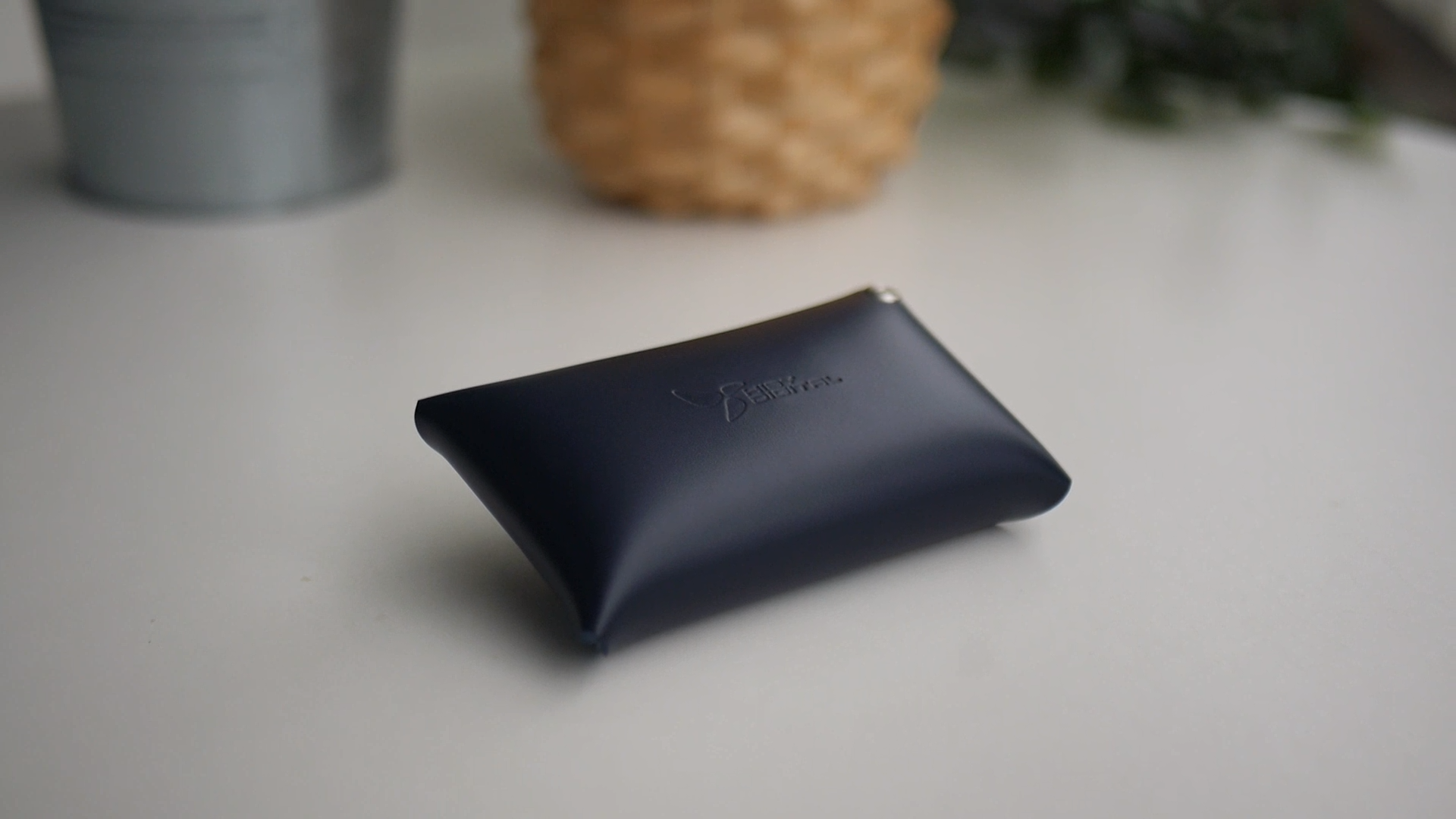
Where Xeno gets interesting is the MEMS tweeter. As you know, the point of any transducer is to move a mass according to an incoming electrical signal to create sound waves. Traditional drivers like DD relies on electrical coils wrapping around a magnet to move a diaphragm in order to make sound. MEMS drivers, also known as solid-state drivers, instead relies on piezoelectric materials which can shrink or expand when excited by electrical energy. By mounting a layer of piezoelectric crystal on a substrate like a silicon plate, we can create a spring-like structure that bends up and down according to incoming electrical signals. In other words, we create a transducer or speaker.
You may ask: “That’s cool and all, but what’s the point?” For me, there are two exciting things about MEMS drivers. Firstly, MEMS drivers enable the transition from assembling of drivers from multple moving parts to fabricating them in a lab-like environment, which means higher precision, tighter quality control, and eventually lower cost. Secondly, and perhaps the most important reason, is the potential of a leap in sound quality. “How?” The treble response, particularly the upper treble. As you know, both the amount and the precision of upper treble plays a significant role in creating what we dub “technical performance” of IEMs. Producing upper treble, in turn, requires drivers to move very fast and react quickly. By removing all the moving parts attached to the diaphragm, MEMS drivers are very light and thus they can move fast. As a result, their treble response is rather impressive, as we would discuss later in this review.
Let’s return to Xeno. The MEMS driver being used here is Cowell (likely model XSC-2100) from the US manufacturer xMEMS. Output from the DD and MEMS driver are further shaped by 3D printed cavity and something HiBy calls “LSW metal chamber”. When you overlay the frequency response of Xeno with that of Cowell (above, measured with a IEC711 coupler), you can clearly see where the Cowell driver takes over the frequency response. Interestingly, xMEMS emphasised that most of the dips and peaks on the graph are due to the acoustic impedance of the coupler itself.
Readers with keen eyes would also notice an interesting number: +10 Volts bias. And you are right, these MEMS drivers require higher voltage than usual drivers, making pairing them with normal drivers quite challenging. HiBy’s solution is to use two separate signal paths with independent DAC and amp to drive the DD and the MEMS driver. In particular, Xeno contains two familiar DAC chips, the ES9018C2M and CS43131, each of which independently decode and amplify the signals. An active crossover is included to control the, well, crossover between two signal paths. You can also shape the signal with onboard parametric EQ. Xeno does not support other DSP plugins that can be found on HiBy DAPs. On the plus side, the (lack of) latency on Xeno is excellent in case you plan to use this IEM for gaming.

Speaking of gaming, Xeno also has a microphone built into the wire splitter. It works decently, albeit a bit too quiet and can pick up noise of the splitter rubbing against clothes.
Non-sound Aspects
Packaging and accessories My preproduction unit came in a snazzy … bubble wrap. Accessories include a faux leather envelop for storing the IEM and a set of generic silicone ear tips. I was told that the retail unit would include a clip to attach the wire splitter to the clothes to reduce microphonic.



Design The earpieces of Xeno are very simple and light, possibly due to the fixed cable design. Each earpiece is made up of a 3D printed component that holds all drivers and 3D printed acoustic chambers and a plastic faceplate. Here lies my first criticism of Xeno’s aesthetic: the material used for the faceplate feels cheap, which in turn cheapens the design of whole earpieces. I know that costs and complexity must be minimized for this IEM, but I think a bit visual flair even in form of a plastic faceplate with polished clear coating to match the already nice build quality of the 3D printed part would elevate the whole design.
A major design element of Xeno is the large wire splitter where all electronics, microphone, and control buttons are held. The “X” design motif of Xeno is featured prominently on the splitter. At four corners of the X letter are four buttons for changing volume, controlling playback, and changing sound profile. I will discuss more about them later.
The cables used by Xeno are silver-plated Oxygen-free Copper (OFC) cable which is shielded to avoid external interference. The cable is rather stiff and can hold shape if you bend it, similarly to solid core cables such as Effect Audio CODE23. On the plus side, the cable does not tangle, does not coil upon itself, and is generally well behaved.
Fit, comfort and isolation The short nozzles of Xeno make achieving a good fit with this IEM rather tricky. I could not achieve a fit at all with the stock tips. Majority of my trusted tips such as Divinus Velvet, Tangzu Sancai, and SpinFit W1 did not work at all. The fit was only barely acceptable with Azla Xelastec tips. Only when I switched to the stock silicone tips of AFUL IEMs that I finally achieve a stable fit. When the fit is good, I find that Xeno is quite comfortable in long listening session due to the generous use of pressure release vents. Noise isolation, on the other hand, suffers.


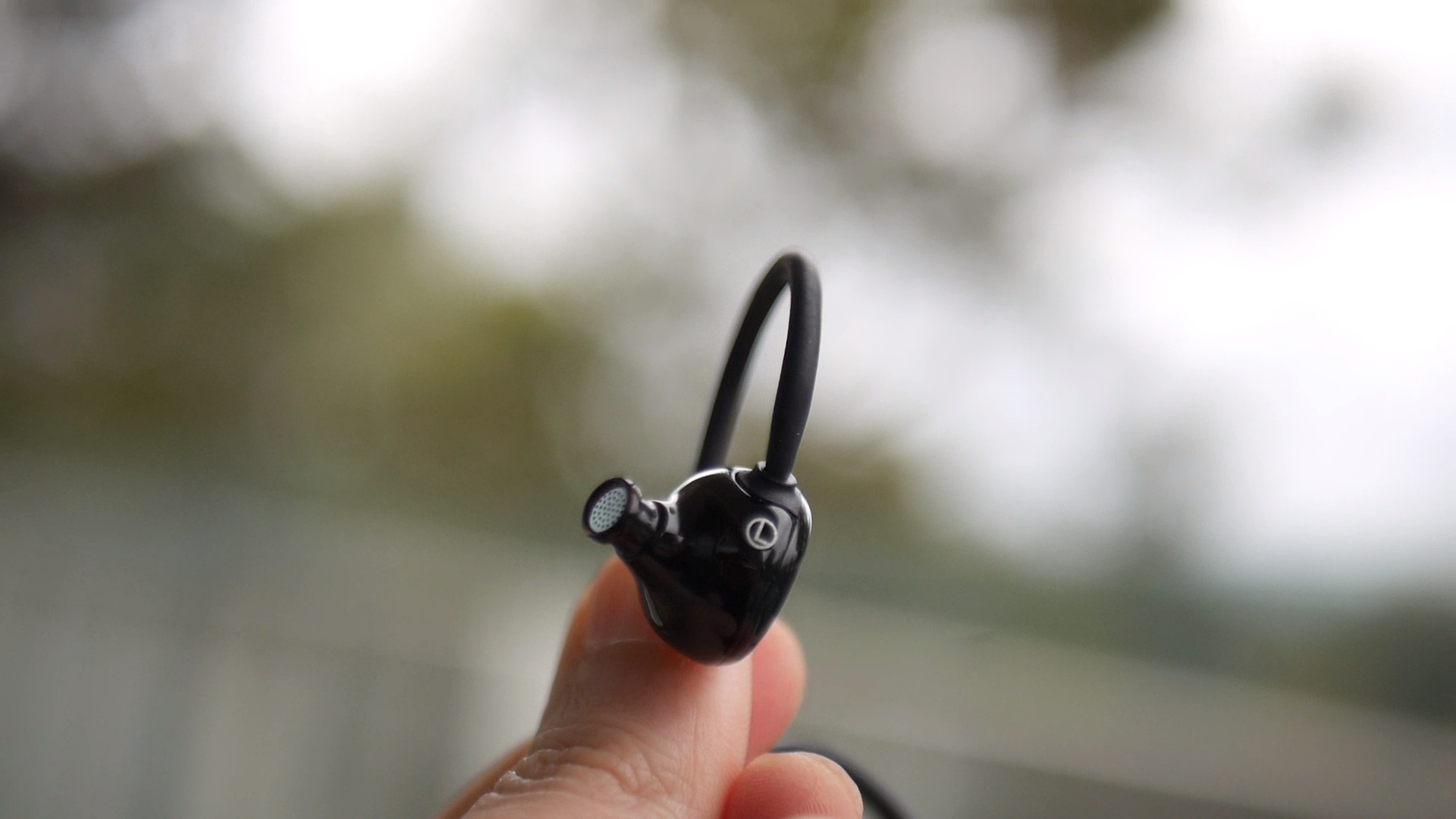
Ear tips recommendation: Achieving a good with IEMs with short nozzles like Xeno generaly requires longer eartips to compensate. Still, I think you might need to exeriment with eartips more than usual with Xeno. Achieving a deep and stable fit is significant for an IEM with strong treble extension such as Xeno.
How to use Xeno
Xeno has built in DAC, so you only need to attach the USB-C connector of this IEM to your source device and choose Xeno as the output device to start using the IEM. You can start and stop music with the play button on the wire splitter.
It should be noted that Xeno completely bypasses the volume settings on the source device. For instance, I can change the volume slider on both my MacBook and my R3II music player without changing the output volume of Xeno. Instead, I need to use the “+” and “-“ buttons on the wire splitter to control the volume. Since Xeno can get dangerously loud, it is a good practice to lower the volume to lower the volume and start music before putting the earpieces in your ears, just in case of any software mishaps. HiBy should implements a volume indicator in future revision. For instance, Chord Mojo2 uses the colour of the LED lights in its buttons as volume indicator.
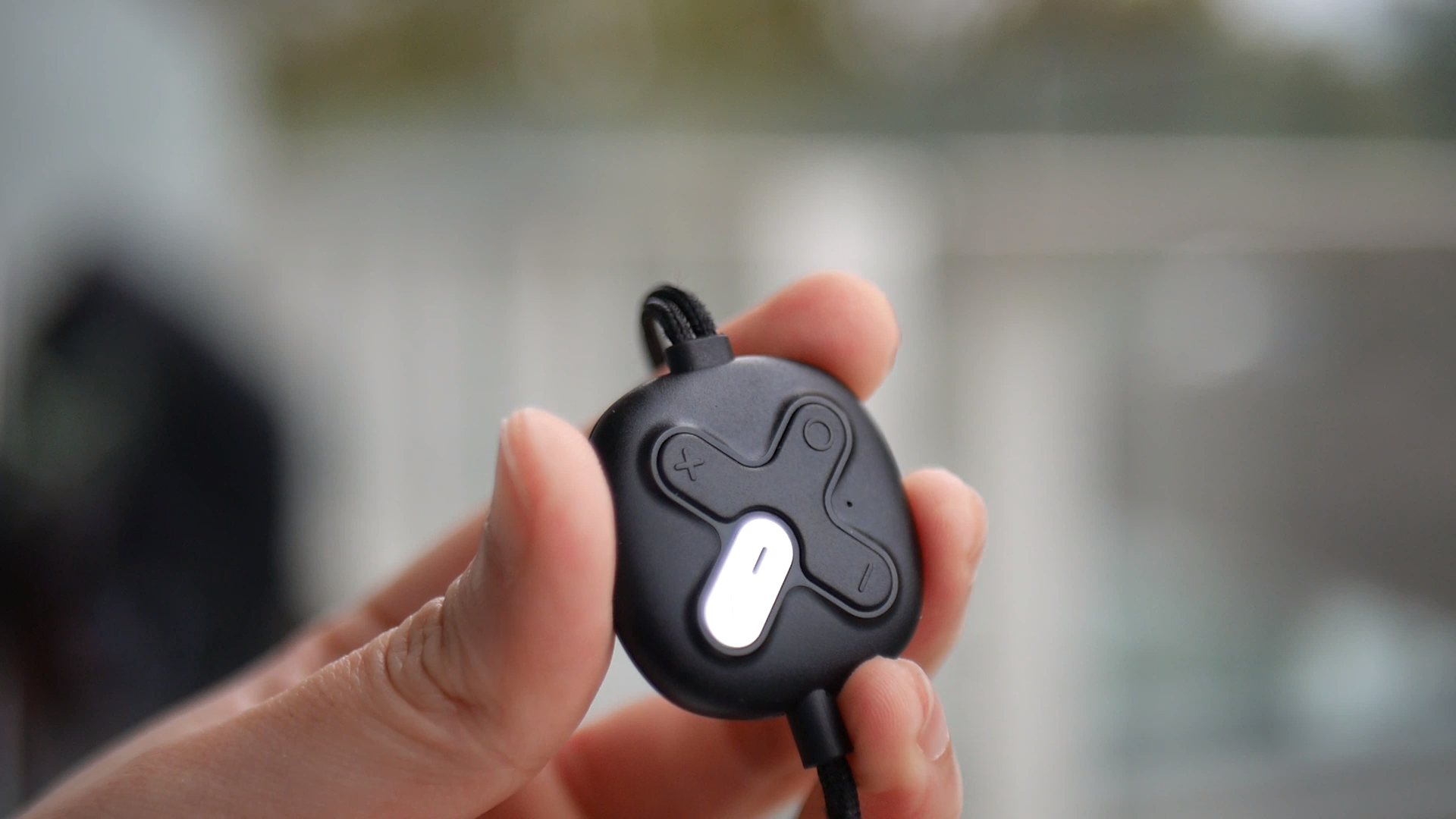
The “O” button on the wire splitter controls the tuning mode of Xeno. Pressing this button circulates between 3 modes. Unfortunately, due to some unknown firmware problem, that dynamic and gaming modes sound and measure identically to the hifi mode on my unit.
- Hifi mode: LED indicator blinking green once. This mode can be customised user-defined EQ profile.
- Dynamic mode: LED indicator blinking orange twice.
- Gaming mode: LED indicator blinking purple three times.
The main attraction of Xeno is the ability to fine-tune its frequency response, essentially “making your own IEM” on the very strong hardware foundation laid by HiBy. This is achieved by an in-house software called HiBy PEQ Tool. This tool allows you to create and apply a full parametric EQ profile with up to 10 bands on the response of Xeno, allowing you to transform it to whatever signature you want. Are you a fan of Harman IE2019 target? Etymotic target? The new “meta” target? If you can make an EQ profile, you get it. Your EQ profile would replace the stock hifi mode of Xeno and remain persistent across source devices.
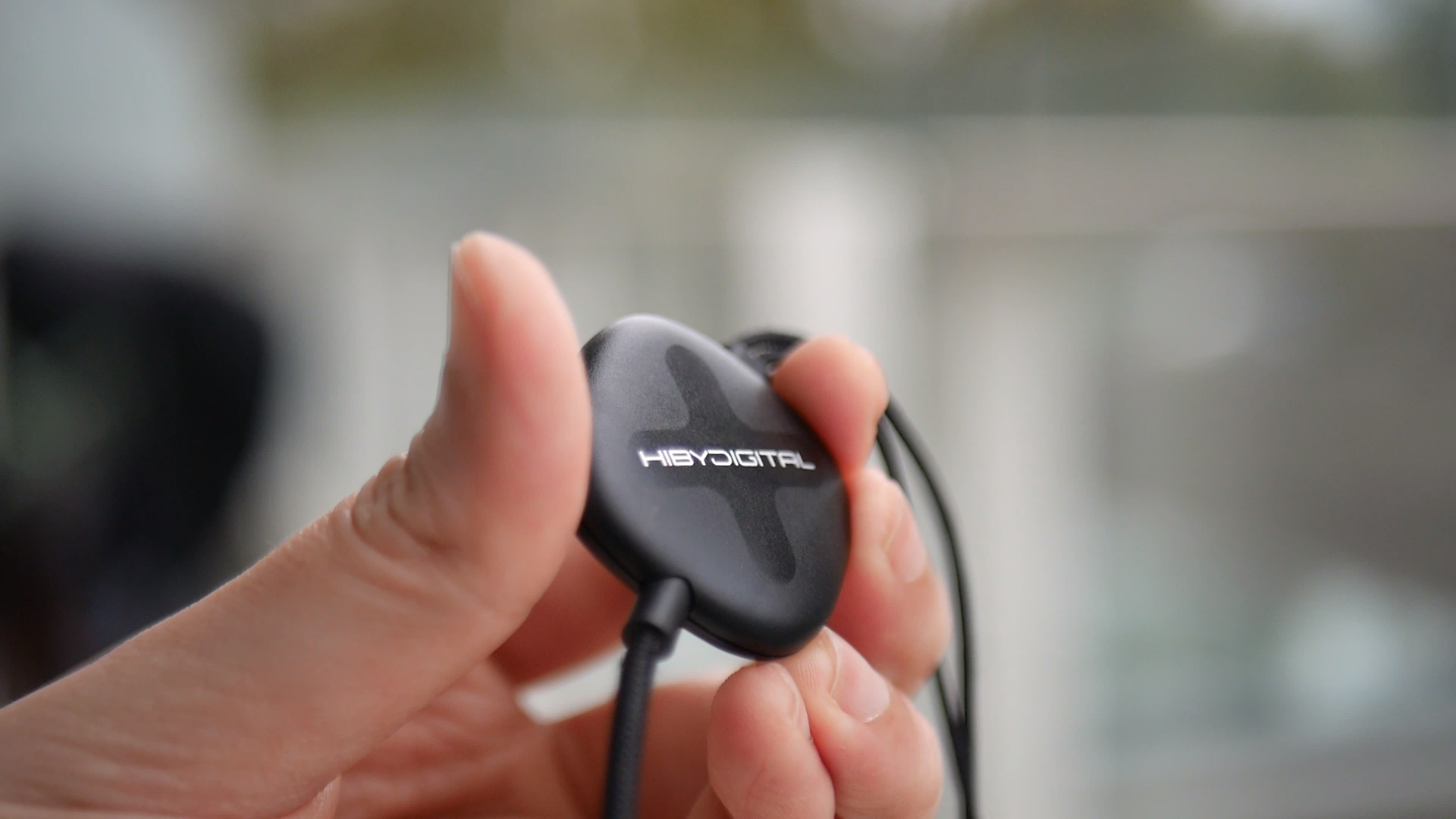
Here is my suggested workflow for “making your own IEM” with Xeno, using my graph database:
- Open up my graph tool with Xeno response
- Add the IEM you want Xeno to match
- Open the equalizer tab and click “AutoEQ”
- Copy all the filters from the graph tool to HiBy PEQ Tool and save the profile to Xeno
- (Optional) Verify the response between 150Hz and 5kHz of Xeno using an IEC711 coupler to ensure that the EQ has been applied correctly
- Adjust the treble filters according to your ears. You need to pay attention to the shout (2-3kHz), lower sibilance and harshness (5-6kHz), sibilance and pierce (8kHz), and metallic sheen (12kHz). Carefully adjust the filters to balance between treble detail and harshness.
The treble would be where you have the most challenge when EQing Xeno. However, I think the end results and the learning along the way are well worth the effort.
Sonic Performance
Testing setup:
- Sources: MacBook Pro, iPad Pro, DX300, R3II
- Cable: stock cable (duh!)
- Ear tips: AFUL silicone eartips
The subjective impression is captured using the lexicon in the Sound Wheel below. I’ll clarify the terminology as I use them. If you want to see more details of the lexicon and related reference, please have a look at the technical report ITU-R BS.2399-0.
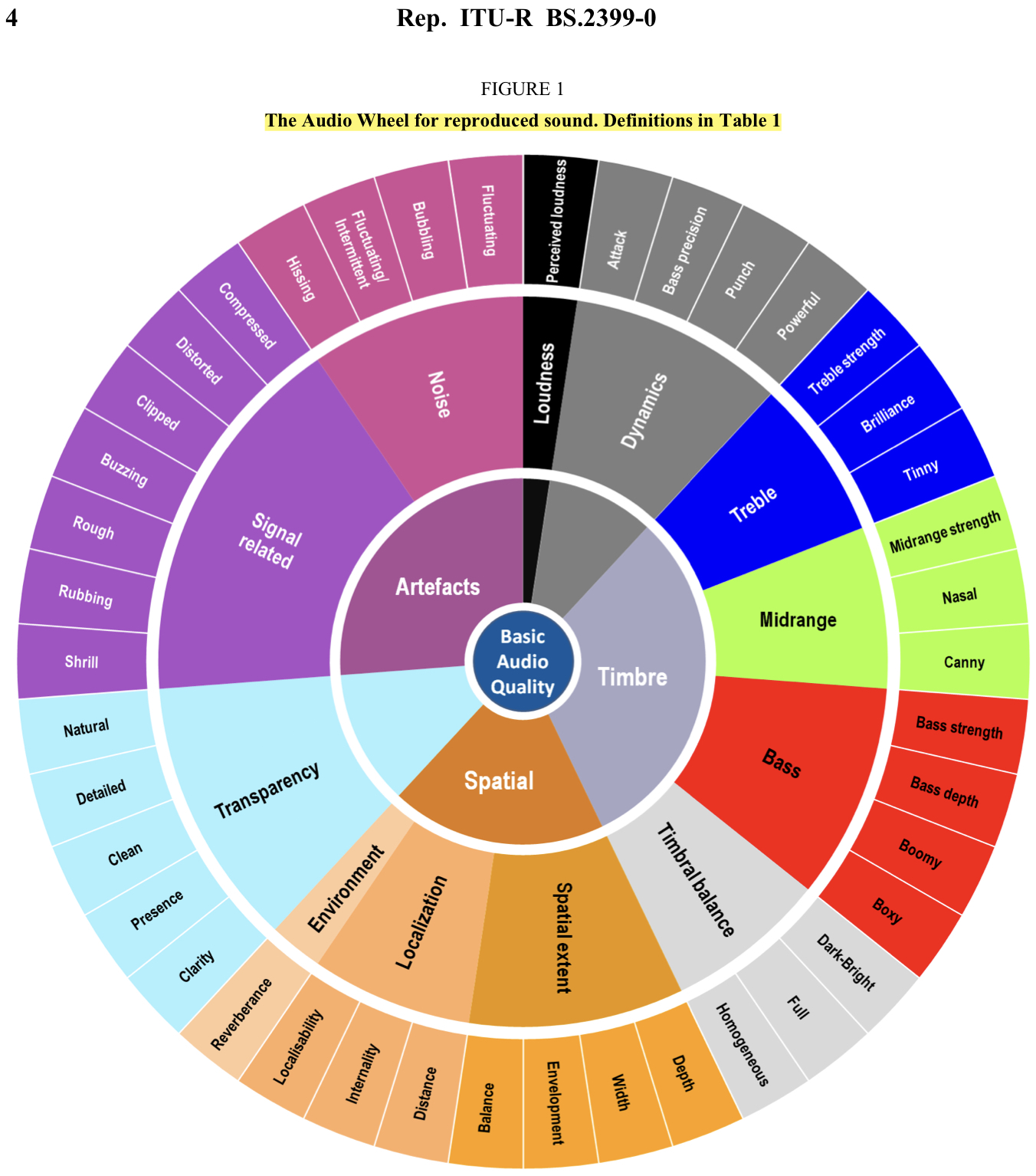
Timbre: It is helpful to think of an IEM as a filter that highlights or subdues different parts of the incoming audio signal. This effect can be measured objectively by the squiggly lines below, called Frequency Response (FR) graphs, which measure how loud an IEM is at different frequencies from 20Hz (bass) to 20kHz (upper treble). Subjectivity is how your ears and brain interpret the effect of that filter on your music and decide whether it is “enjoyable.” There are some “rules of thumb” when it comes to tonality, but most interesting IEMs usually bend the rules masterfully.
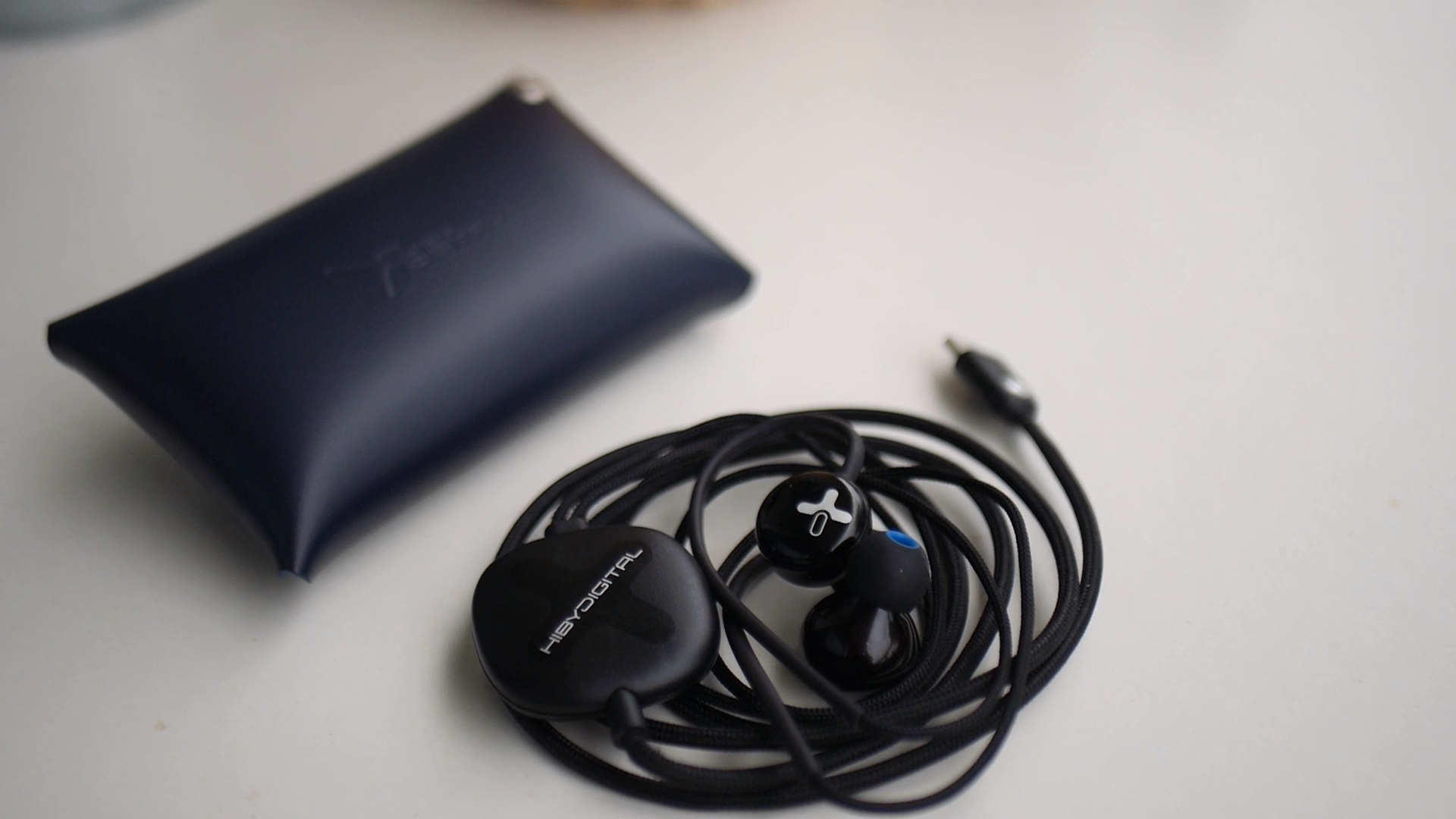
Figure shows the frequency response of Xeno against the Harman in-ear target. Measurements were done with an IEC-711-compliant coupler and might only be compared with other measurements from this same coupler. Above 8kHz, the measurement likely does not match the response at the ear drum. Visit my graph database for more comparisons.
Since Xeno has many sound modes, I will focus on the default “Hifi” mode. The best way to describe the stock tuning of Xeno would be “old-school V-shaped.” Xeno eschews the modern bass shelf and clean lower midrange tuning and goes for a bass “hump” that extends all the way to 1kHz. The bass “hump” is balanced by a correct ear-gain boost that starts from 1kHz and peaks at around 2.5kHz before gently rolls off after 4kHz. Where Xeno exhibits restraint compared to true V-shaped IEMs is the amount of bass boost and upper midrange boost, both of which are kept at 10dB or less. As a result, the hifi mode of Xeno makes most recordings sound energetic without becoming uncomfortably so.
The V-shaped tuning of Xeno also imparts a coloring on its midrange. All voices and instruments, particularly male vocals and cellos, have additional warmth and thickness. At the same time, the upper midrange boost with a strong peak at 2.5khz ensures that higher notes, particularly female vocals, can cut through the “veil” created by the lower midrange. Depending on recordings and your preference, this colouring can be pleasant or annoying. For me, I enjoy this tuning on some pop music, such as Ed Sheeran. It also works with some electronic music and classical recordings featuring cellos. However, I think the presentation is rather imbalanced and reduce the authenticity of piano and large orchestral recordings with multiple instruments.

Moving up the frequency range, we can find a valley at 6kHz where the MEMS driver takes over from the DD. Whilst the treble frequencies look rather unpleasant on the frequency response graph, they are surprisingly less offensive in real world listening. Yes, you can hear certain gaps in the treble, making some parts of high pitched instruments more prominent whilst others are a bit subdued. The imbalance between various frequencies making up the treble response also makes the timbre of Xeno suffer with some tracks. However, there are also positive aspects, such as a lack of the usual 5-6kHz harshness due to the dip in this region. The way you fit Xeno in your ear canal would play a significant role in how you perceive the treble. Another advantage is the sheer quality and resolution of the treble region, which brings about many advantages in terms of “technical performance”, which we will discuss further in the following sections.
Where do the tonality of Xeno fits in the grand scheme? To me, the stock tuning, whilst being rather pleasant and interesting, lacks certain refinement due to the uneven treble response. The V-shape colouring of the midrange also negatively impacts some recordings where accuracy is required. In summary, I consider tonality 3/5 (Good). At the end of the day, it does not really matter given how EQ is so seamless and integrated part of the experience with Xeno.
Bass and perceived dynamic:
Another area where Xeno eschews the modern tuning is the bass response. When most IEMs focus on sub-bass region and ignore the mid-bass, Xeno does the opposite. I presure that this is a necessary trade-off, as full range DD generally does not do subbass well compared to, say, the DD subwoofer used in the flagship HiBy Zeta. Still, the mid-bass focus response does have a few advantages, which are intensified by the nice quality of the 10mm graphene DD.

The first advantage is the overall sense of precision and incisiveness of bass attacks. Whilst Xeno does not have razor sharp bass transients like the modern Balanced Armature (BA) woofers implementation, Xeno’s bass still feels tight with minimal smearing. Moreover, the bass of Xeno also feels powerful and punchy, as if every kick, every pluck of the bass guitar has a weight behind it. Unlike sub-bass focused IEMs where kicks create a physical sensation deeper down in my throat, the physical punch of Xeno feels more like air being pushed against my ear drums. Beside power, Xeno also does a great job at revealing details and textures of the bass line, which are particularly audible with bass guitars and acoustic basses.
Regarding dynamic, I find Xeno to be quite lively and can convey dynamic swings such as the crescendo at 01:10 in A Reckoning in Blood from The Ghost of Tsushima OST. Interestingly, the bass quality of Xeno remains consistent across EQ profiles. Speaking of EQ, the Xeno’s DD can some boosting, but I found that the best strategy is to lean onto the mid-bass centric nature of the driver rather than trying to push the sub-bass up.
In summary, even though the bass of Xeno does not offer as much sub-bass rumble as average IEMs in 2024, Xeno still manages to offer a nice bass experience thanks to the punchy, dynamic, and surprisingly textured bass. 3/5 - Great.
Resolution: To me, “resolution” can be broken down into three components: (1) Sharpness, incisiveness, or “definition” of note attacks (see the figure above). (2) The separation of instruments and vocals, especially when they overlap on the soundstage. (3) The texture and details in the decay side of the notes. The first two give music clarity and make it easy to track individual elements of a mix. The last provides music details and nuances.

Resolution is where the MEMS drivers flex their capability. I’m not talking about the “fake” resolution achieved by adding treble peaks to artificially sharpen the notes (though the stock tuning of Xeno certainly does have quite a few peaks), a trick commonly found in lower-end DD and some full-range planar IEMs. The problem with this “fake” resolution is that it falls apart the moment music gets busy with overlapping elements or when you actually pay attention more than cursory listening. No, I’m talking about the true ability of an IEM to incisively start the note where it starts and end where it ends.
“Precise” would be the most suitable adjective to describe the presentation of Xeno, particularly the way it handles the treble region. Musical notes, especially higher ones in upper midrange and treble region, feel crisp and clear. At the same time, the decay ends of the note is quite rich in detail. Sparse recordings such as Ciaccona from Bach’s Violin Partita No. 2 in D Minor, performed by Kavakos is where the MEMS driver flexes these qualities. I quite enjoy micro details such as the bow catching the strings. I am also impressed by the quality and nuances of the reverberation and decays of the violin in the recording hall. It’s hard to really convey by words, but the treble response of these MEMS drivers feel effortless and clear with minimal smearing, making them feels “fast”. In fact, I found that the incisiveness of trebleof Xeno is very close to, if not slightly better than, my current benchmark, the AFUL Cantor (5/5 in resolution), in back to back A/B tests. In terms of detail retrieval, Xeno starts to fall behind due to both the uneven treble which maskes some details and perhaps also due to the less resolving nature of the full range DD.

The full range DD of Xeno is, surprisingly, quite competitive against some “mid-fi” IEMs with multi-BA set up. For instance, when I listen to the “controlled chaos” ABC feat. Sophia Black by Polyphia, I find that Xeno does a nice job at separating elements of this busy track, making it rather easy for me to track individual elements. Whilst Xeno does not achieve the same effortlessness of Cantor, I found that it does a better job than my venerable Moondrop Blessing 2 (3/5 in resolution) in back to back A/B tests.
In summary, I found the MEMS driver in Xeno quite impressive when it comes to treble quality, but it is held back by the uneven frequency response and the good-but-not-spectacular full range DD. When these kinks are ironed out, MEMS-based IEMs could present a big leap in technical performance over the IEMs performance we know today. 4/5 - Great.
Stereo imaging and soundstage: Stereo imaging or “soundstage” is a psychoacoustic illusion that different recording elements appear at various locations inside and around your head. Your brain creates based on the cues in the recording, which are enhanced or diminushed by your IEMs, your DAC, and your amplifier. In rare cases, with some specific songs, some IEMs can trick you into thinking that the sound comes from the environment (a.k.a., “holographic”)

Another area where MEMS driver excel is stereo imaging. Simply put, they are spectacularly precise in how they place sound elements within the virtual soundstage, be it left-to-right or near-to-far or low-to-high. For example, when I listen to Original Sound Effect Track - Memory from Gundam Seed Destiny OST album, a compilation of all sound effects used in the show arranged in an atmospheric and immersive way, Xeno makes me feel like I sit in the middle of a busy battleship preparing to enter the battle, with sound effects popping everywhere inside and around my head with a 3D feel to the presentation. The sense of distance is also properly conveyed in tracks such as Shadow of Baar Dau, creating a spacious and immersive experience. These qualities also translate to excellent localisation ability in FPS gaming. For example, when I listen to my usual CS:GO recording for testing IEMs, I found that I can pin point both the local and distance of the sound in all direction with a precision level that is rarely achieved by traditional IEMs. 5/5 - Outstanding.
Conclusions
In many ways, Xeno is a first gen product, and with it all the pros and cons commonly associated with a first gen product. For instance, the integration between MEMS and other kinds of drivers still needs more refinement. Perhaps the tuning of the MEMS drivers themselves need further refinement so that the treble becomes more even to minimise masking and prevent imbalances that negative impact the timbre naturalness. At the same time, what has been achieved with Xeno is quite impressive and most of the downsides can be mitigated with some effort thanks to the included PEQ ability.
Who should get Xeno? Whilst HiBy pitches the IEM as a product for casual listeners, I think the most suitable users of Xeno are hardcore IEM fans, especially those who like to tweak and customise IEMs. With Xeno, you have a superb foundation, thanks to the MEMS driver, to tune that dream IEMs that you have been imaging but lacking the clout to make a collaboration IEM with a manufacturer.
What I like about this IEM:
- Impressive treble precision and imaging of MEMS driver
- The ability to retune the IEM with a PEQ profile
- Thumpy bass response
What could be improved:
- Quite difficult to fit due to the short nozzles
- Treble is uneven, making EQ quite challenging
- Sub-bass roll off
- The stock tuning is rather old-school
Absolute Sonic Quality Rating: 4/5 - Great
Bias Score: 4/5 - I like this IEM
